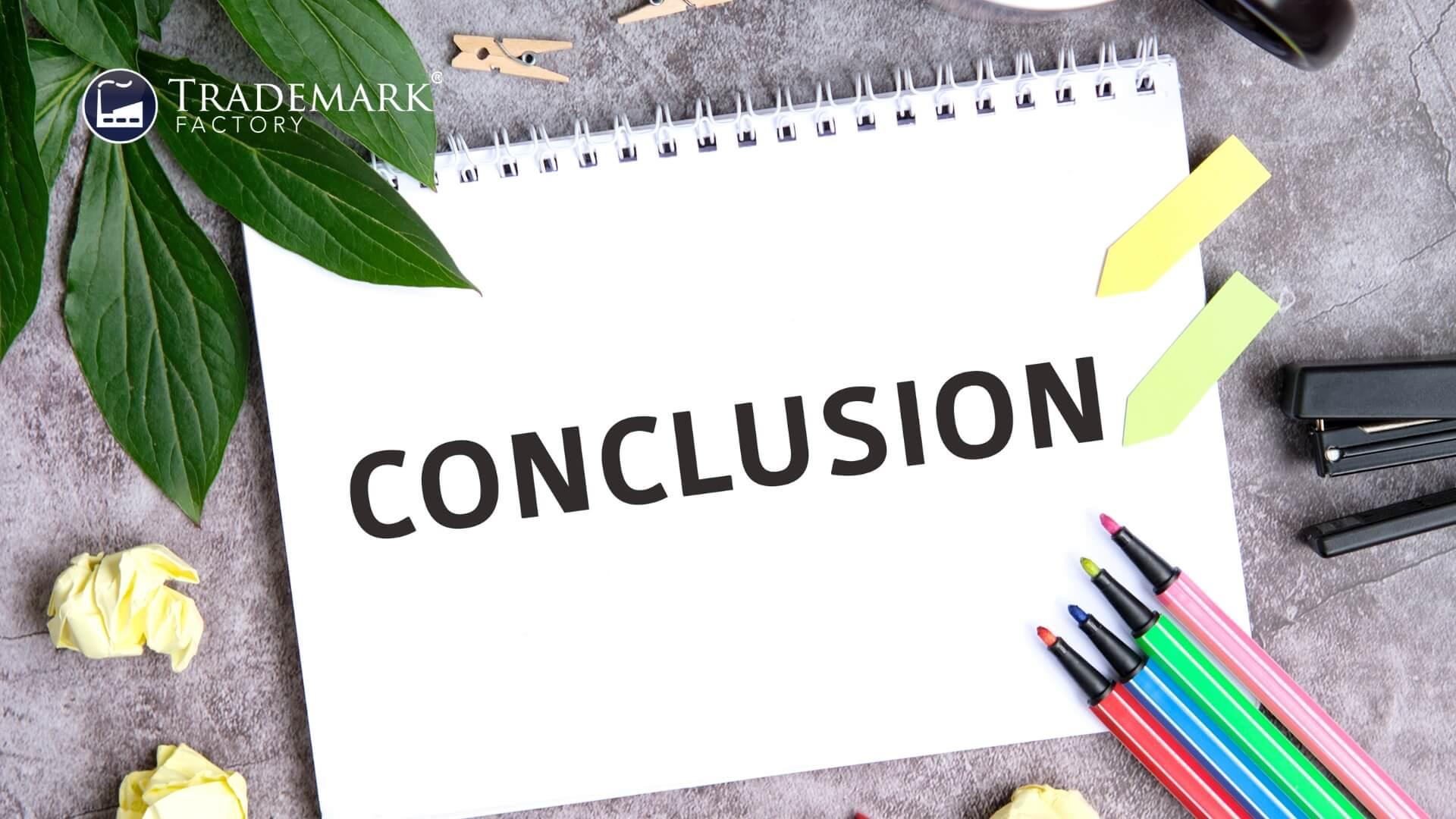Crafting Effective Responses to Trademark Oppositions in Trademark Registration Services

This article elucidates the trademark examination process of formulating robust responses to trademark oppositions during trademark registration services based on trademark examination publication. It delves into the reasons behind opposition and proffers strategies for crafting compelling counters. By understanding intellectual property law nuances, individuals can navigate these challenges effectively, fostering a sense of belonging within their chosen markets.
Understanding the Grounds for Opposition

A comprehensive understanding of how to successfully navigate the opposition process in trademark examination and registration is critical, particularly in preparing a cogent response to a trademark opposition. This includes the meticulous gathering and application of evidence to substantiate said response, along with a thorough addressal of each ground cited for trademark opposition. Lastly, drafting and filing a compelling counter-statement presents another essential aspect of this procedure- all these steps collectively form the cornerstone of effectively responding to notices of opposition within the realm of intellectual property law.
Preparing a Response to an Opposition
Preparing a response to an opposition in trademark registration services requires meticulous assessment of the claims, along with strategic crafting of counter-arguments.
1. Identify common mistakes
2. Review relevant case studies
3. Apply best practices
4. Construct effective arguments aimed at proving distinctiveness
These actions are vital in fostering a sense of belonging among stakeholders involved in the process.
The subsequent section delves into evidence gathering to fortify responses further, upholding defense strategies against potential challenges.
Gathering Evidence to Support Your Response
Gathering evidence for responding to trademark opposition to bolster the defense requires systematic investigation, thorough analysis of facts and critical evaluation of relevant documents. This process involves collecting evidence, documenting proof, building a case, supporting arguments and strengthening response. Mastery in intellectual property law is instrumental for an effective defense. This forms the groundwork for addressing each ground of opposition in a methodical manner.
Addressing Each Ground of Opposition
Addressing each ground of trademark opposition necessitates a meticulous approach, where every point is dissected, examined and responded to with precision. This involves:
1. Effective argumentation that presents compelling evidence.
2. Overcoming objections through strategic counter argument techniques.
3. Persuasive response strategies that are well-structured and logical.
4. Addressing opposing viewpoints with respect and understanding.
This systematic process ensures comprehensive coverage of all concerns, setting the stage for a robust response to any notice of opposition presented subsequently.
Responding to a Notice of Trademark Opposition
Formulating a rebuttal to a notice of opposition entails careful analysis and strategic planning, incorporating key elements such as comprehensive argumentation, precise counterarguments, and well-structured response strategies. Preparing evidence, crafting an effective counterstatement, utilizing legal representation for settlement negotiations are all vital strategic tactics. The subsequent section delves deeper into the intricacies of filing a counterstatement in this process.
Filing a Counterstatement
Filing a counterstatement for trademark opposition necessitates meticulous attention to detail and the incorporation of well-articulated arguments in order to challenge the claims presented in the notice of opposition. The process involves four key elements:
1. Comprehension of counter statement format.
2. Deployment of effective argumentation techniques.
3. Mastery in refuting opposition claims.
4. Proficiency at building a strong case using winning strategies.
These competencies are paramount when preparing for potential extensions of time to respond, ensuring a robust defense is maintained throughout proceedings.
Requesting an Extension of Time to Respond
Requesting an extension of time to respond to opposition necessitates a clear understanding of the procedural rules and deadlines involved, as well as strategic planning to ensure that all arguments are thoroughly prepared. Understanding time requirements, common reasons for extensions, effective communication strategies, and managing multiple opposition responses can mitigate consequences of not requesting an extension. This knowledge provides a foundation for the ensuing discussion on negotiating a settlement with the opposing party.
Negotiating a Settlement with the Opposing Party
Negotiating a settlement with the trademark opposing party requires a strategic approach that includes understanding their position, identifying common ground, and proposing mutually beneficial solutions. This process involves:
1. Utilizing negotiation tactics to elucidate their stance.
2. Exploring various settlement options for dispute resolution.
3. Implementing compromise strategies to reach common objectives.
4. Employing effective communication to foster goodwill.
This paves the way for discussions on appealing a decision of opposition in instances where negotiations falter.
Appealing a Decision of Opposition
Challenging an unfavorable decision of trademark opposition involves the complex procedure of appeal, which requires a comprehensive understanding of both substantive and procedural laws. Crafting grounds for appeal necessitates procedural requirements knowledge, robust legal arguments development, case law analysis proficiency, and persuasive writing techniques mastery. This complexity underscores the importance of considering professional guidance in 'seeking legal representation for opposition proceedings'.
Seeking Legal Representation for Opposition Proceedings
Engaging professional legal representation for opposition proceedings can significantly improve the chances of a favorable outcome due to their in-depth knowledge and expertise.
1. Experienced attorneys provide critical insights into complexities of intellectual property law.
2. Cost implications should be balanced against potential benefits.
3. Timing considerations in seeking representation are crucial.
4. Factors such as attorney's track record, reputation, and understanding of client's industry should guide selection.
Exploring potential benefits of pro bono assistance could also yield dividends. The conversation now turns to mastering strategies and tactics in crafting effective responses.
Mastering Trademark Opposition Responses: Strategies and Tactics

Mastering trademark opposition responses necessitates a strategic approach that includes thoroughly understanding the opposing party's grounds for objection, crafting an appropriate counter-argument, and effectively presenting evidence to support the trademark registration. Winning strategies are based on effective arguments and overcoming challenges, as outlined in case studies demonstrating best practices.
Winning Strategies
Effective Arguments
Overcoming Challenges
Case Study 1
Case Study 2
Case Study 3
Best Practice 1
Best Practice 2
Best Practice 3
Frequently Asked Questions

What Are the Costs Associated With Filing a Trademark Opposition Response?
The financial implications of filing a trademark opposition response include direct opposition fees, indirect costs such as legal consultation, and potential cost mitigation strategies. Proper budgeting is essential in managing these expenditures.
What Is the Average Time Frame for Resolving a Trademark Opposition Dispute?
The average time frame for resolving a trademark opposition dispute hinges on factors like opposition duration, dispute complexity, legal proceedings, resolution methods and the length of settlement negotiations. It varies widely from months to years.
Can I Handle a Trademark Opposition Case by Myself or Do I Need to Hire a Lawyer?
Self-representation in trademark opposition cases carries inherent risks due to case complexity. Legal expertise necessity is paramount, as DIY Trademark Defense may lack sufficient opposition understanding, potentially jeopardizing the outcome of the dispute.
How Will the Outcome of a Trademark Opposition Affect My Business Operation?
The outcome of a trademark opposition can significantly impact business operations, necessitating adjustments in branding strategies. This includes potential implications for trademark protection and the resolution of the opposition could influence overall business performance.
Are There Any Potential Consequences if I Decide to Ignore a Trademark Opposition Notice?
Ignoring a trademark opposition notice may lead to severe opposition implications, including allegations of trademark infringement. Legal repercussions could ensue, damaging business reputation and undermining intellectual property rights held by the entity in question.
Conclusion

In conclusion, mastering the art of crafting effective responses to trademark oppositions is crucial in safeguarding intellectual property rights. Implementing strategic approaches and utilizing appropriate legal tactics can significantly influence outcomes in favor of the applicant. Hence, a comprehensive understanding of opposition grounds coupled with an unyielding attention to detail are pivotal elements in achieving successful trademark registration services.
Subscribe to Trademark Wednesdays, our weekly newsletter where we'll send fun and informative trademarking topics straight to your inbox.




